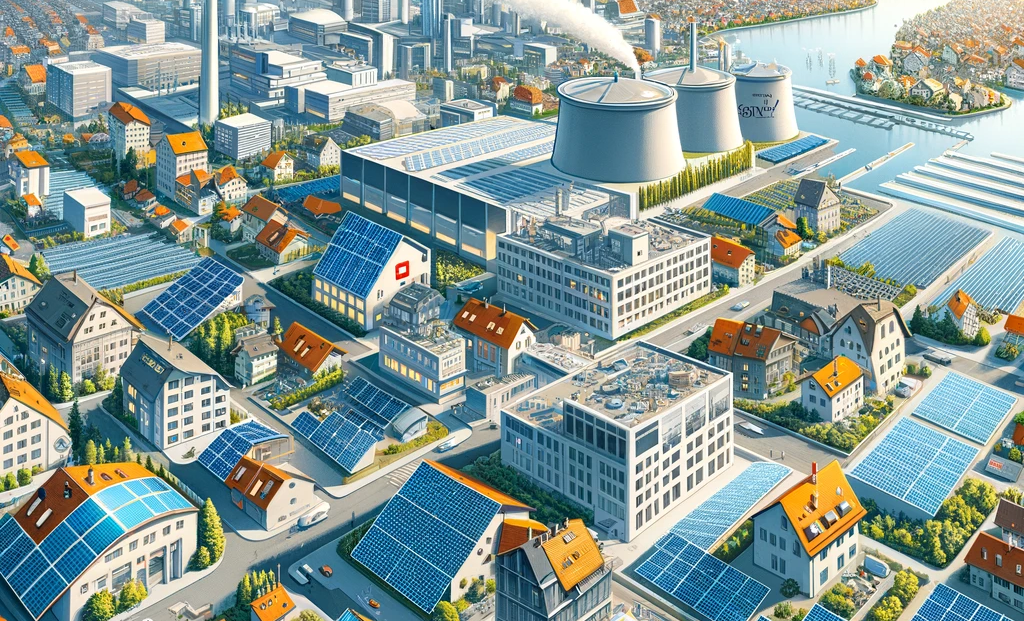A total of 5 million roofs are suitable for generating electricity

Laut einer Doktorarbeit an der Eidgenössischen Technischen Hochschule Lausanne sind 5 Millionen Dächer in der Schweiz für die Stromerzeugung geeignet. Zwei Drittel der Städte und Gemeinden könnten so energieautark werden.
More than half of Switzerland’s total roof area – 5 million roofs in total – is suitable for the installation of solar/photovoltaic systems. According to a press release from the Swiss Federal Institute of Technology in Lausanne(EPFL), this is the result of a doctoral thesis on the expansion of solar installations in Switzerland. As a result, more than two thirds of Swiss cities and municipalities could become energy self-sufficient.
As part of her doctoral thesis, Alina Walch analysed the potential of renewable energy systems. In collaboration with Martin Rüdisüli, an expert in energy system modelling at the Swiss Federal Laboratoriesfor Materials Science and Technology(Empa) in Dübendorf ZH, she developed and compared two scenarios for the expansion of photovoltaics in Switzerland in order to achieve or even exceed the targets of Energy Strategy 2050.
“We carried out the research together, with me contributing my knowledge of photovoltaic modelling and Martin Rüdisüli contributing his experience in evaluating various scenarios for the expansion of this form of energy as part of the energy transition,” Walch is quoted as saying.
The two strategies analysed were the preference for large flat roofs, for example on industrial buildings, and a balanced generation of electricity by installing solar cells on the roofs of all residential buildings. Walch’s conclusion: “The best option is a compromise between the two strategies – one that utilises the potential of both industrial and residential roofs.”
As part of its Energy Strategy 2050, the federal government is aiming for a rapid expansion of solar/photovoltaic systems. the aim is to generate 35 terawatt hours (TWh) of electricity from renewable energies (excluding hydropower) by 2035 and 45 TWh by 2050.